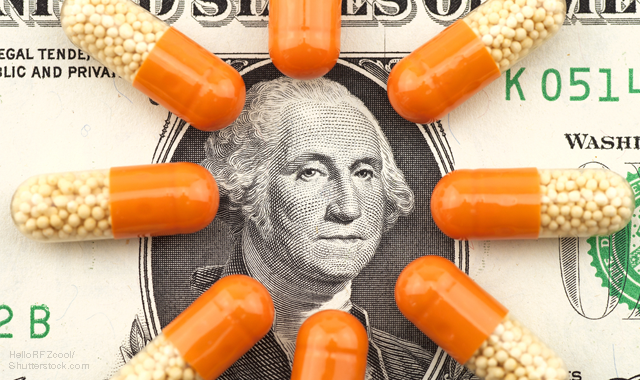Drugs Cost Billions, Pharmacists Can Help
A new study puts a huge number on how much nonoptimized medication use costs.

Unless you’ve been trapped in your pharmacy’s supply closet for the last decade, you know that high drug prices are a big deal. While pharmacists don’t have control over how much a drug costs, new research shows one way that pharmacists can be involved in taking billions off the national drug bill.
According to the CDC, 76% of patients who visit a doctor’s office receive a prescription for some sort of medication, and nearly 50% of all people in the country had taken at least one prescription drug in the last 30 days. Pharmacists are acutely aware of just how many problems these drugs can cause-especially when used improperly because patients had no proper counseling-but a new study published in the Annals of Pharmacotherapy has put a number on that harm: $528.4 billion.
That’s over half a trillion dollars (about 16% of the US total health care expenditure) spent on the morbidity and mortality resulting from non-optimized drug use.
To get that number, the study’s authors looked at nonoptimized medication use that resulted either in treatment failure (TF), a new medical problem (NMP), or both. Then, they used estimates of the costs of treatments for those new additional problems. The large figure only takes into account medical cost; it leaves aside additional costs such as transportation or loss of production.
Related article: How to Manage Medication Risks
The study used multiple estimations to come up with that number as an average. The lowest estimation (based on CDC data) came in at $495.3 billion, while the highest (based on American Hospital Association data) was $672.7 billion.
The average patient experiencing a TF, NMP, or both can expect to pay around $2,500 in additional costs needed fix those problems. And beyond the cost, the authors estimate that nonoptimized medication therapy results in 275,689 deaths per year.
So who can fix this giant multi-billion-dollar problem? Pharmacists. As the study’s authors say, “Clinical pharmacists, in collaborative practice with physicians and other prescribers such as nurse practitioners and physician assistants, will increasingly be relied on to assume responsibility for real-time drug therapy decisions in an expanding diversity of care settings by delivering comprehensive medication management (CMM) services.”
The authors point to health systems where this is already happening, like Kaiser-Permanente or the Veterans Health Administration. CMM, they say, is a cost-effective scalable policy that can help meet this huge need.